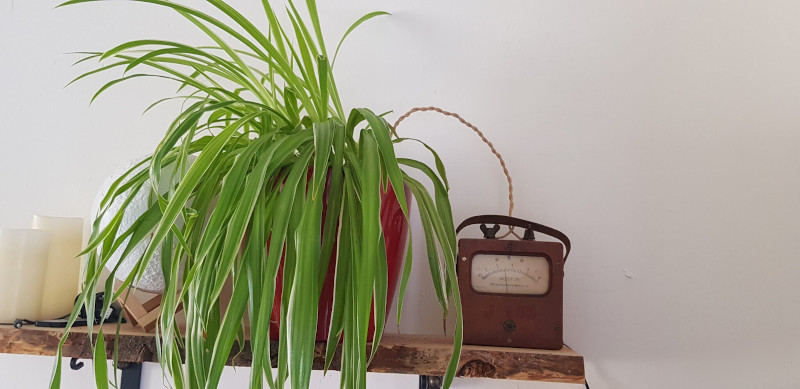It’s not uncommon to happen across vintage measurement equipment at the local flea market or garage sale. Often with an irresistible aesthetic, and built to last decades, these tools nonetheless tend to be sidelined when modern multimeters are available. [Build Comics] had just such a piece on hand, and decided to repurpose it with some modern hardware instead.
The build begins with a Hartmann & Braun 60 amp ammeter. Replete in a nice wooden box, it’s the perfect candidate for a modern refit. The device uses an indicator of the moving iron type. Intending to turn the device into a soil moisture monitor, [Build Comics] began by removing the original heavy-wound coil. In its place, a custom coil was installed instead, wound on a 3D printed bobbin using a modified sewing machine. This allows the meter to be easily driven by an Arduino with little more than a transistor on a GPIO pin. To detect moisture, a Iduino ME110 moisture probe was used. Complete with cloth-covered wire to maintain the vintage look. The original meter plate was also photographed, modified, and reprinted, to read moisture levels instead of current.
If you’re interested in these gauge restoration techniques but don’t have a green thumb, no worries. [Build Comics] used similar tricks to put together a gorgeous weather station that would look great on your desk.
















Me 110 moisture probe? What a waste of vintage aircraft.
I wonder how many endless hours of tweaking it would take to build a custom coil tuned to the current passed by the moisture probe and bypass all the digital circuitry.
Well you’d need an op-amp, a power transistor, and a potentiometer for calibration, so probably about four hours.
If that meter has an easily opened shunt, the current required for the movement is probably quite small. You could probably find an op amp with enough drive that you could put the movement as the negative feedback path and dispense with the power transistor entirely.
True dat. In fact a lot of movements could be driven directly by the PWM output of a microcontroller pin without any other electronics at all.
Moving iron meters have no shunts. Just a coil of very thick wire.
Moving iron meters of this sort don’t have shunts but a massive coil. Unfortunately that also makes them non-linear, but I guess there are also log amplifiers that could be use to get rid of the arduino. Unfortunately my analog circuitry skills are not up to that task. Moving coil meters (the other kind of meters) can be used directly from a PWM pin, see my earlier project for a writeup on that.
Brain wave #2 — electrically, the probe is likely just a resistance that varies with moisture. If that’s true, and it’s also true you can remove the 60A shunt and hit full scale with something like 50mA, then you could do this with a resistor and a potentiometer: make a wheatstone bridge! On the left, high side, our fixed resistor. Low on the left, Mr Moisture Probe. Use potentiometer for the right side. Meter goes in the bridge center. Adjust potentiometer to calibrate.
See comment before, moving iron meters don’t have shunts unfortunately. They are also non linear making it a bit harder to design analog circuitry for it. But not impossible, so if you’ve cracked it I’d love to hear about it. I’ve got quite a few of these kind of meters left, so I’d love to try it out on one of them!
No biggie just alter the meter markings to show the actual values on the nonlinear scale. Sorted! That’s exactly how the old meters were typically marked up anyway.
He turns the meter off but leaves the sensor to die of electrolysis…
That is an issue indeed, this el cheapo moisture sensor appears to lose it’s metals on the PCB feelers really quick. I have not yet found one I can leave in an measure for prolonged periods of time. I probably need to design one that only get’s power with every measurement, and has the right coating to avoid the redox reaction. Or a capacitive or inductive moisture sensor possibly, but I haven’t seen one of the shelf port moisture sensing yet.
There is one that uses capacitance to measure the moisture hence the two prongs are insulated but off hand I cant recall the numbers.
Yep. A lot of effort connected to a crummy sensor when the cheap capacitive sensors work so well.
https://thecavepearlproject.org/2020/10/27/hacking-a-capacitive-soil-moisture-sensor-for-frequency-output/
It must be tough on the plants having 60 amps flowing through the soil.
(insert joke here about a “currant” bush)